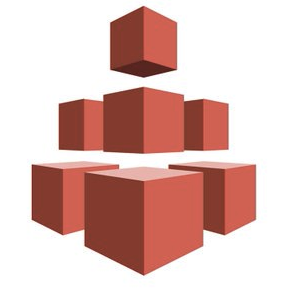 +
+

To integrate Amazon EFS and Graphite APIs with your monitoring system, please reach out to MetricFire. Book a demo with the MetricFire team to discuss integrating Amazon EFS and Graphite APIs and how that can support your monitoring system.
MetricFire has an easy to use integration that pulls metrics from the Cloudwatch API, and forwards them to a Hosted Graphite account. You can configure this integration in a few simple steps:
If you have any issues with configuring this integration, or need to integrate with a service that is not currently listed, please contact our team. We will be happy to help you out, and develop new AWS integrations for you!
Graphite-API is designed to fetch metrics from time series databases such as Whisper. Once it has gathered the metrics, the Graphite Render API can then be used to render JSON data out of each of these time series. Graphite-API is an API-based alternative to Graphite-web, so it does not have any built-in dashboards. Instead, this AP server tool replicates Graphite-web behavior, and works with the abundant Graphite dashboard applications available on the market such as Grafana.
Graphite API does not come with any web or graphical interfaces on its own. This feature gap is where MetricFire comes into play, by providing a Hosted Dashboarding environment for visualizations, and MetricFire's own API's that can be used to programmatically manage your Hosted Graphite account.
With our Hosted Graphite solution, we've taken the best parts of open-source Graphite and supercharged them. We also added everything missing in Graphite: built-in aggregation, storage, backups, alerting, team accounts, granular dashboard permissions, and integrations with other technologies and services like AWS, Azure, GCP, Heroku, and more. Hosted Graphite's advanced filtering lets you choose only the data views you want to see, so you can discard the rest. You can also set up simple rules to discard data you no longer keep, plus receive alerts via email, PagerDuty, and Slack among others.
MetricFire is a full-scale platform that provides infrastructure, system, and application monitoring using a suite of open-source tools. We will aggregate and store your data as time series metrics, which can be used to build custom dashboards and alerts. MetricFire takes away the burden of self-hosting your own monitoring solution, allowing you more time and freedom to work on your most important tasks.
MetricFire offers a complete ecosystem of end-to-end infrastructure monitoring, comprised of open-source Graphite and Grafana. MetricFire handles the aggregation, storage, and backups of your data, and offers alerting, team features, and API's for easy management of your monitoring environment. You can send server metrics using one of our agents, custom metrics from within your application code, and integration metrics from a variety of popular 3rd party services that we integrate with like Heroku, AWS, Azure, GCP, and many more!
Our Hosted Graphite product has improved upon standard Graphite to add data dimensionality, optimized storage, and offers additional tools and features that provide customers with a robust and well-rounded monitoring solution.
Monitoring ZFS across your business's server infrastructure is crucial for ensuring data integrity, optimizing... Continue Reading